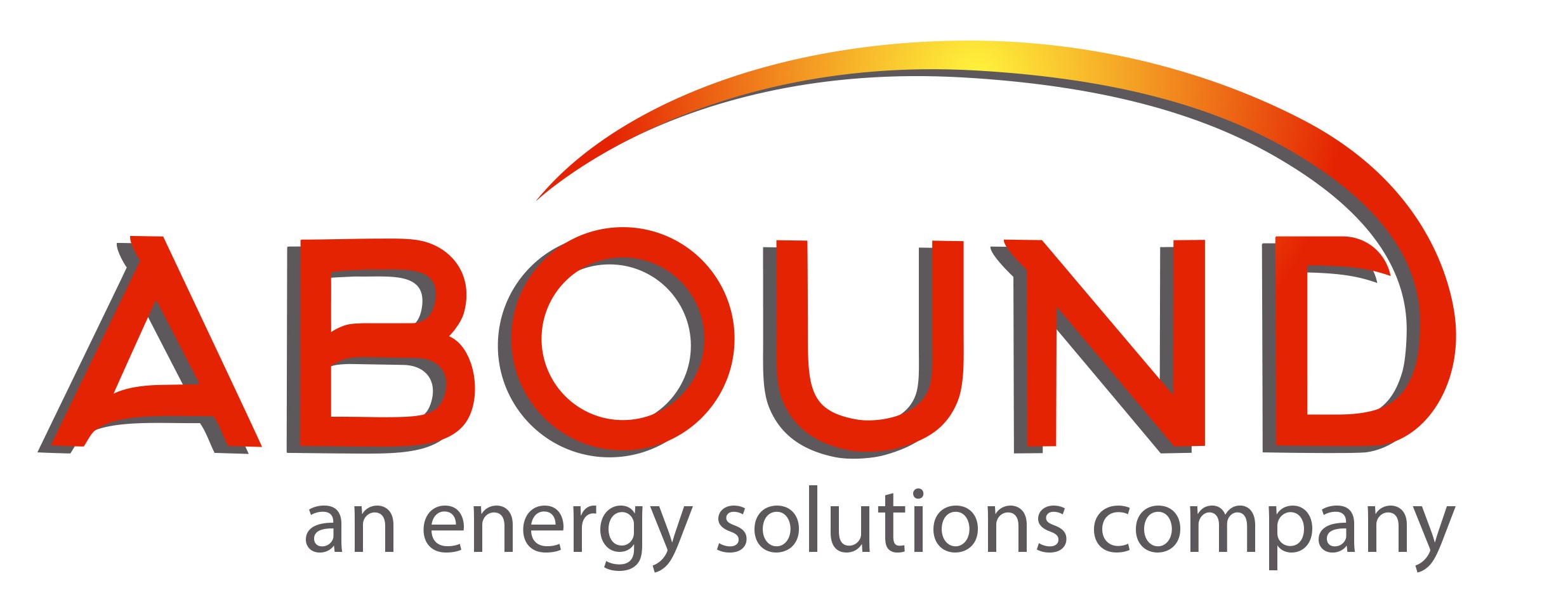VANCOUVER, BRITISH COLUMBIA / May 29, 2019 / MGX Renewables Inc. (“MGXR”) has received material attestation from the Canadian Standards Association (“CSA”) related to the use of system components in it’s energy storage systems.
The approval follows a comprehensive evaluation completed by the CSA that included oven conditioning to 136°C, resistance to deterioration from fluids and -40°C low temperature testing. Additionally, the material used for MGXR stacks and tanks successfully completed a 60-day immersion test, 90-day temperature test and flammability testing. Testing by the CSA related to pump housings is also nearing completion.
MGXR has also staffed a member on the Standards Technical Panel for UL 9540 and UL 9540A to contribute to development of energy storage safety standards. MGXR is also contributing to the development of NFPA 855, Standard for the installation of Energy Storage Systems and IEC energy storage standards. Most competing battery technologies have the risk of a thermal runaway and the new safety standards account for this risk by placing constraints on the installation. MGXR’s technology has been designed without the risk of thermal runaway and as a result it is not subject to all these constraints.
MGXR Energy Storage System
The MGXR ESS is a modular Energy Storage System designed to deliver power in the range 20kW – 50MW and energy storage in the range of 120kWh – 1GWh over extended periods of time. With the advantage of rechargeable zinc-air flow battery technology, the system can be configured to support a wide range of discharge power, recharge power and duty cycle requirements. Since the energy storage capacity of the system is determined only by the size of the zinc storage tank, a very cost-effective and scalable solution now exists as an alternative to the fixed power/energy ratio of the lithium ion battery.
Li-ion versus Zinc-Air
The fundamental limitation of Li-ion is a fixed power to energy ratio severely limiting flexibility and significantly increasing cost of energy storage when limited output power is required. This gives an overwhelming advantage to MGXR’s zinc-air flow battery technology in high capacity, long duration commercial and industrial as well as grid-scale applications. In addition to containing no expensive commodities such as lithium or cobalt, the zinc-air flow battery has a much lower cost of storage reflecting a paradigm shift essentially eliminating the traditional fixed power / energy ratio and allowing for scalable power with highly flexible energy storage capacity at essentially any ratio, limited only by the physical parameters of the fluidized zinc storage tank(s). The zinc-air flow battery has completely decoupled power and energy storage subsystems with ratios of 1:5 up to 1:20 and conceptually 1:100, giving significant advantage in any scenario requiring more than a few hours of storage. This fills the need in both renewables storage as well as industry and grid-scale opportunities in power acquisition and distribution along with the inherent benefits of clean steady power; with the potential to acquire power not just overnight and discharge on demand during the day but to take advantage of much larger swings in power demand and supply such as weekly, monthly, and potentially seasonal fluctuation. Recharging is also flexible and can be scaled to match supply markets and timeframe of power availability whether long or short windows for power acquisition. This creates large-scale arbitrage and cost savings opportunities as well as a policy level opportunity to enhance localized power infrastructure without the need to build new power plants or transmission lines.
Technology
The MGXR ESS is based upon unique patented zinc-air flow battery technology. Energy is stored in the form of zinc particles, similar in size to grains of sand. When the system is delivering power, the zinc particles are combined with oxygen drawn from the surrounding air. When the system is recharging, zinc particles are regenerated, and oxygen is returned to the surrounding air.
Applications
The flexibility of the MGXR ESS enables it to service a wide range of applications. Typical examples include:
- Storage and smoothing current from renewable energy sources such as wind and solar
- Commercial, industrial backup replacing diesel generators
- Industrial scale, on-demand power for peak shaving or standby
- Grid scale energy storage for energy trading and arbitrage
Architecture
The MGXR ESS is designed according to a modular architecture that enables a wide variety of system configurations to be created from a small number of common subsystems. Each subsystem implements a single element of the technology:
- The Zinc Regeneration Subsystem (ZRS) provides the recharging function
- The Fuel Storage Subsystem (FSS) provides the energy storage function
- The Power Generation Subsystem (PGS) provides the discharging function

